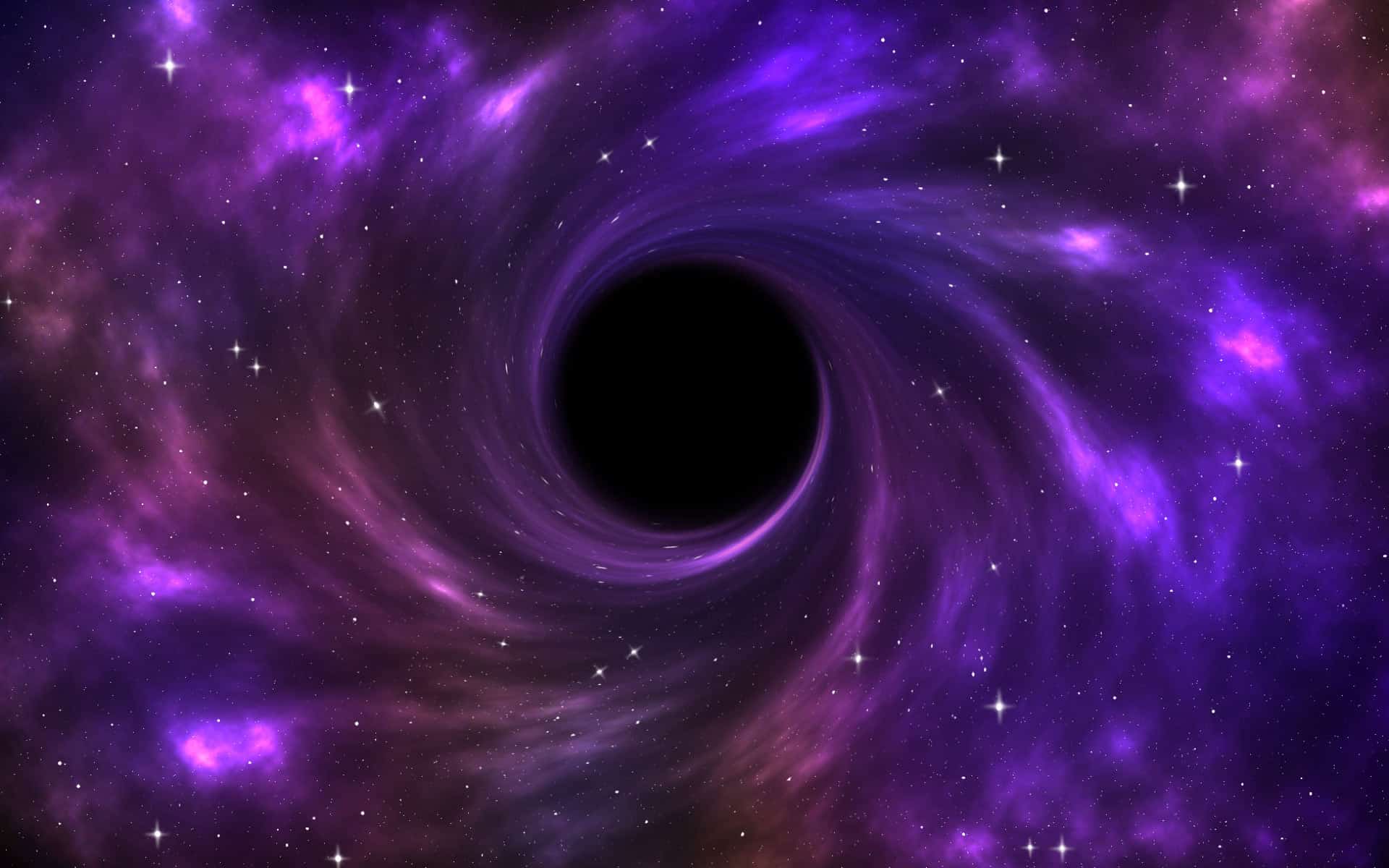Up to now, intermediate black holes were largely a theoretical construct. But the newly identified black hole serves as the best evidence yet that such highly rare intermediate-sized black holes exist.

Astronomers have made a significant breakthrough in their search for intermediate-sized black holes, thanks to the NASA/ESA Hubble Space Telescope. These elusive cosmic entities, larger than small black holes but smaller than supermassive ones, have puzzled scientists for years.
By studying the core of the globular star cluster Messier 4 (M4), researchers reported the discovery of a strong candidate for an intermediate-sized black hole.
Bridging the gap: The hunt for intermediate-sized black holes
Black holes are like intense gravitational potholes, distorting the fabric of space itself. They come in two familiar sizes: the small ones, with masses several times that of our Sun, scattered throughout our galaxy; and the supermassive giants, weighing millions or billions of times our Sun’s mass, found lurking in the hearts of galaxies across the universe.
But what about the intermediate-mass black holes, weighing roughly 100 to 100,000 times the mass of our Sun? These cosmic “missing links” have puzzled scientists for years. How do they form? Where do they reside? And why are they so rare? Answers were few and far between.
In recent years, astronomers have identified potential intermediate-mass black holes using various observational techniques. Two noteworthy candidates—3XMM J215022.4-055108 and HLX-1—reside in the outskirts of galaxies and have masses tens of thousands of times that of our Sun. These colossal objects may have once anchored dwarf galaxies.
Turning their gaze closer to home, scientists have suspected the presence of intermediate-mass black holes within dense globular star clusters orbiting our Milky Way. For instance, in 2008, astronomers using the Hubble Space Telescope announced the possible existence of an intermediate-mass black hole in the globular cluster Omega Centauri. However, due to limited data and alternative theories, these findings have remained inconclusive—until now.
Hubble goes eye to eye with a massive globular cluster

Harnessing the unique capabilities of the Hubble Space Telescope, a team led by Eduardo Vitral of the Space Telescope Science Institute has embarked on a black-hole hunting mission with unparalleled precision. Their target: the core of the globular star cluster Messier 4 (M4). Through meticulous analysis of 12 years’ worth of Hubble observations, the team has discovered a strong candidate for an intermediate-mass black hole, hidden from direct view but revealed through the motion of surrounding stars.
Just like bees swirling around a hive, stars caught in the gravitational field of this invisible behemoth provide clues to its existence. By precisely measuring the motion of these stars, astronomers estimate the black hole’s mass to be approximately 800 times that of our Sun. This groundbreaking achievement would not have been possible without the remarkable capabilities of the Hubble Space Telescope.
To strengthen their case, the researchers turned to data from ESA’s Gaia spacecraft, which scanned over 6000 stars within the cluster, helping to refine the cluster’s shape and mass. Together, the data from Hubble and Gaia rule out alternative theories, such as a cluster of unresolved stellar remnants or smaller black holes. Instead, the evidence points to a tantalizing possibility—a single intermediate-mass black hole.
Although the team cannot definitively declare it as the central point of gravity, one thing is clear: the suspected black hole is incredibly compact, occupying a region three times smaller than any previously identified dense mass in other globular clusters. According to Vitral, this compactness defies current physics models involving clusters of black holes, neutron stars, and white dwarfs.
“Using the latest Gaia and Hubble data, it was not possible to distinguish between a dark population of stellar remnants and a single larger point-like source,” says Vitral. “So one of the possible theories is that rather than being lots of separate small dark objects, this dark mass could be one medium-sized black hole.”
If the object in question does not turn out to be an intermediate-mass black hole, it would require an astonishing 40 smaller black holes squeezed into a space only one-tenth of a light-year across to explain the observed stellar motions. Such a configuration would result in constant mergers and ejections—a cosmic game of interstellar pinball.
The journey to understanding intermediate-mass black holes is an incremental one, with each step paving the way for further certainty. This discovery marks a significant stride towards confirming their existence. Gaia mission scientist Timo Prusti emphasizes the critical role of data from Gaia Data Release 3, along with the promise of future releases and additional investigations by the Hubble and James Webb Space Telescopes, to shed more light on this cosmic puzzle.
“Science is rarely about discovering something new in a single moment. It’s about becoming more certain of a conclusion step by step, and this could be one step towards being sure that intermediate-mass black holes exist,” explains Gaia mission scientist Timo Prusti.
“Data from Gaia Data Release 3 on the proper motion of stars in the Milky Way were essential in this study. Future Gaia Data Releases, as well as follow-up studies from the Hubble and James Webb Space Telescopes could shed further light.”
The findings appeared in the journal Monthly Notices of the Royal Astronomical Society.






